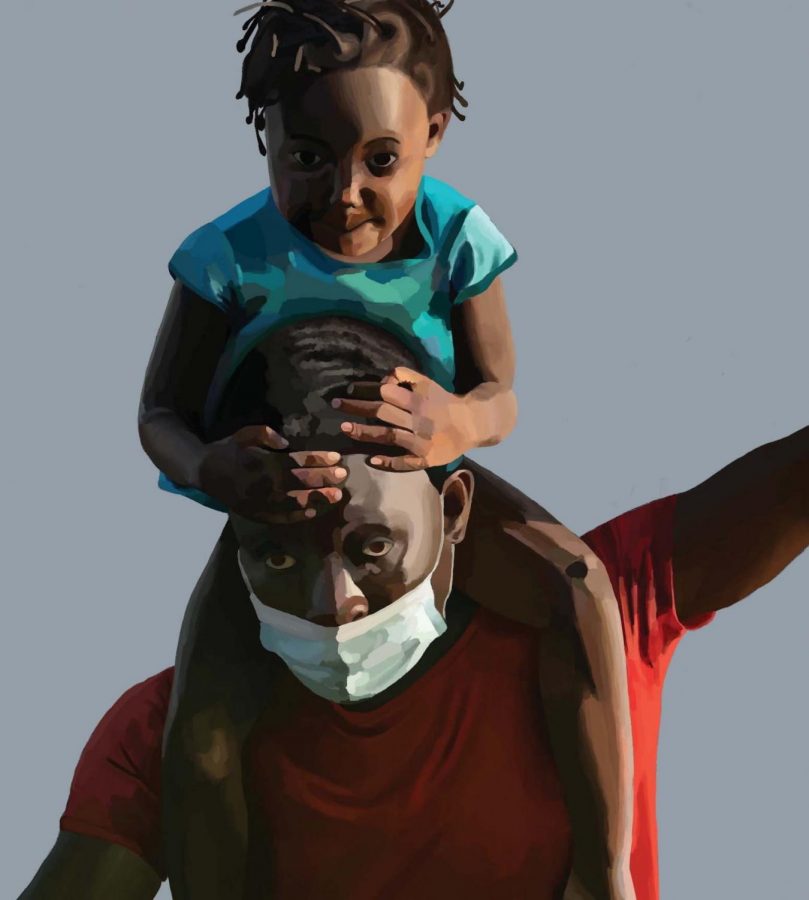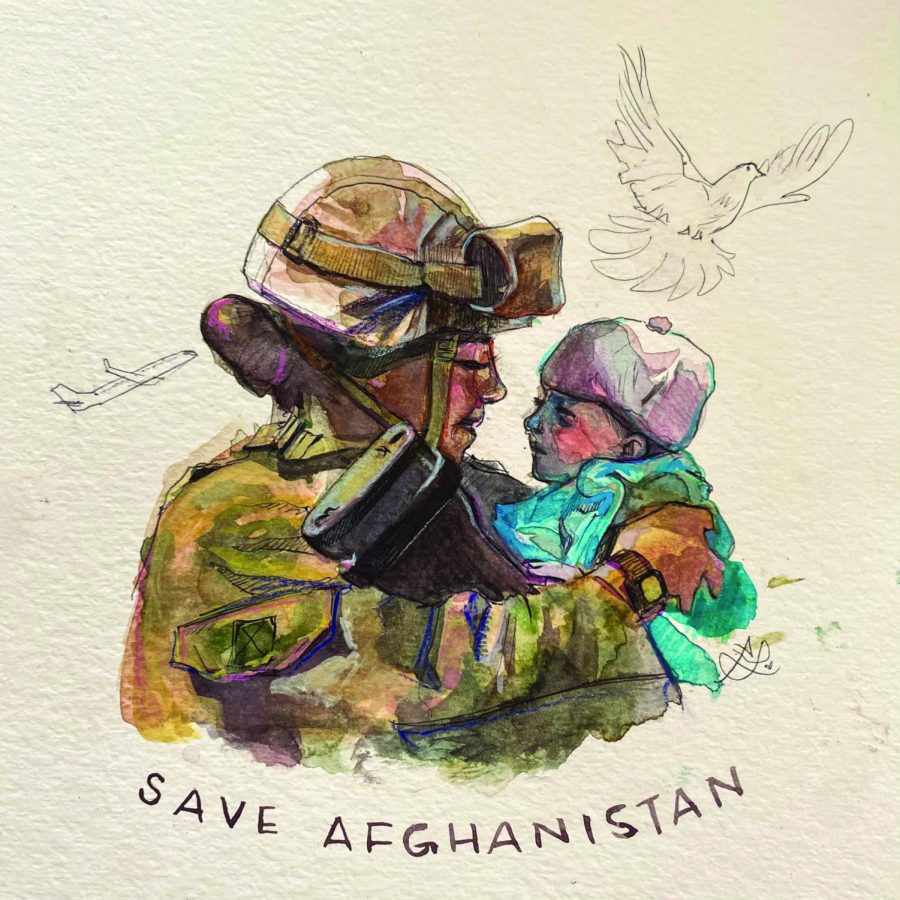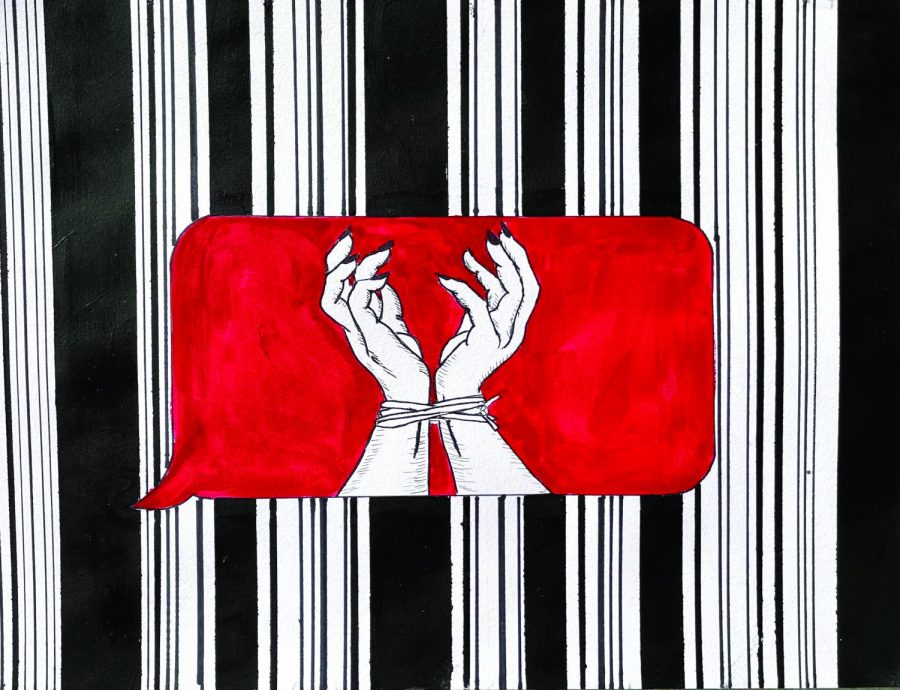Update: On April 13, researchers from the US Centers for Disease Control and Prevention declared in the New England Journal of Medicine that Zika does indeed cause microcephaly. The link is no longer inconclusive.
In the early 2000s, there was a SARS epidemic in Asia; in 2009, there was an influenza pandemic. 2014 saw panic concerning the outbreak of Ebola in West Africa. And today, there’s a new virus in town: Zika. The disease has now spread throughout the Americas. U.S. scientists predict that it may reach pandemic proportions by the end of the year.
The History of the Zika virus
The Zika virus was first discovered when a monkey became infected with the virus in the Uganda in April 1947. It was not until 1954 that Zika was found to have infected a human being – a 10-year-old Nigerian girl who recovered after three days. From the time of its discovery in 1947 to 2007, there were only 14 reported cases of Zika in humans, according to the American Association for the Advancement of Science.
But in 2007, the Zika virus was found outside of Asia and Africa for the first time. An outbreak in the Yap Islands, a chain of islands in the Federated States of Micronesia, resulted in 49 confirmed cases, but zero hospitalizations or deaths. In 2013 and 2014,an outbreak of the Zika virus across
Oceania was reported with 8,723 cases. The medical journal Eurosurveillance predicted it to be “the early stages of a wave that will continue for several years.”
Meanwhile, Aedes aegypti, one of two mosquito species responsible for carrying the Zika virus as well as other diseases (such as yellow fever) was undergoing a resurgence. In the past three decades, Aedes aegypti distribution has increased; today it is one of the most widely distributed species of mosquito. The other species that carries Zika, Aedes albopictus, was found in 2015 to have spread throughout the Americas, reaching as far north as the Great Lakes in the United States. A Zika virus outbreak began in Brazil in April of 2015 and has spread to other Latin American countries and the Caribbean. Other countries, such as France and China, have reported imported cases of Zika. The United States currently has the highest number of imported cases, with 107 confirmed by the Centers for Disease Control and Prevention.
In Dallas, there have been five reported imported cases so far. On Feb. 22, the Dallas County Health and Human Services Office opened a lab to screen patients for the Zika virus.
On Feb. 1, the World Health Organization formally declared Zika a Public Health Emergency of International Concern.

The Panic that Ensued
The symptoms of the Zika virus are conjunctivitis, a rash and joint pain. The illness is usually mild, and symptoms last only several days to a week. People usually do not get sick enough to go to the hospital, let alone die.
The fear of Zika, then, may stem from its link to microcephaly and Guillain-Barré syndrome. The former is a birth defect where a baby’s head to be significantly smaller than normal; the latter is a rare disorder that causes one’s immune system to attack their nerves, possibly leading to total paralysis. Most people recover from Guillain-Barré syndrome, while those born with microcephaly will suffer from the condition throughout their lives, affecting their life expectancies, motor functions and intellectual development.
Pregnant women infected with Zika may pass it on to their babies, causing microcephaly. The connection with microcephaly, however, is still being investigated.
Robert Tesh, a professor of pathology at the University of Texas Medical Branch in Galveston, already sees a link between the two.
“The association is strong and evidence is increasing that the Zika virus is the cause,” Tesh said in an interview with the Fourcast.
Nine pregnant women in the United States have been reported as being infected with the Zika virus, all imported cases. Of those nine women, two had miscarriages, two had abortions and three gave birth. Of the three babies born, two were reported healthy and one was diagnosed with severe microcephaly.
Zika may also be sexually transmitted. The virus has been reported to persist in semen for up to 10 weeks after infection. It is still unknown whether women can transmit it sexually to men. So far, there have been three cases worldwide indicating that the virus may be sexually transmitted. All cases occurred within the United States.
The panic surrounding Zika might evoke memories of a similarly frightening outbreak from two years ago: the Ebola virus. Even though both originated in Africa, the illnesses are quite different. Ebola’s symptoms are more severe, and may include internal or external bleeding. Zika, on the other hand, is milder.
“The only similarity we really see [between Ebola and Zika] is the persistence in the semen,” Tesh said.
Despite all these factors, there is no need for a “Contagion”-style panic.
Director of Hockaday’s Health Services Erika Herridge recommends that people stay calm and get educated above all else. “Going into a panic mode is never the best thing to do,” Herridge said.
While Herridge affirms that Zika is not a threat to Dallas, she suggests maintaining regular healthy behaviors, such as washing hands thoroughly and following the guidelines outlined by the CDC if traveling to Latin America.
Sophomore Marcela Cavalcante, a boarder from Brazil, believes that the panic is more pronounced in the United States than it is back home.
“Back home, we’re more afraid of the other diseases that mosquitoes carry,” Cavalcante said.

Can We Cure It?
As of today, there is no treatment or cure for Zika. Because most cases of infection are not life-threatening, care is given to improve the patient’s quality of life rather than to cure the patient of infection.
Currently, labs all around the world are working to produce a cure for the virus. Scientists have discovered the genetic makeup of the disease, but many unanswered questions still remain.
“We don’t have a good handle on how many people are infected, so we don’t know what the denominator is,” Tesh said. “It’s hard to know how frequent an event this is.”
The University of Texas Medical Branch in Galveston, where Tesh works, signed an agreement with the Brazilian Health Ministry in February. The two institutions will be working together to develop a vaccine for Zika as well as to find other ways to combat the virus.
Brazilian Health Minister Marcelo Castro told the Associated Press that the goal was to have a vaccine ready for clinical trials within one year.
Scientists will first need to test the possible vaccine on animals such as lab mice or guinea pigs. If it proves effective on rodents, scientists can advance to trials on primates, and then eventually to human trials, where patients will volunteer to be tested on. Once a small group of human patients have been successfully vaccinated, a larger group will be tested. If the vaccine passes through all stages, the Food and Drug Administration will determine whether or not it can be distributed to the general population.
“It won’t be too difficult to develop a vaccine candidate,” Tesh said. “[But] you can’t take something like that and then just go and give it to people.”
Mariano Garcia-Blanco, Chairman of the Biochemistry and Molecular Biology Department at UTMB, announced in a letter of intent that “the scientists would not feel comfortable saying that UTMB will make a vaccine in a year.”

What it Means for Brazil
In light of this, Brazilian officials are doing everything they can to combat the virus. In January, the government announced they had approved the release of genetically- modified male Aedes aegypti into the wild. These special mosquitoes carry a self-limiting gene that will cause all offspring to die before reaching adulthood, significantly reducing the mosquito population.
Aedes aegypti numbers in Brazil are expected to drop by 90 percent. Along with the release of these genetically-modified mosquitoes, the Brazilian Army has sent approximately 220,000 troops door-to-door in Brazil to educate citizens on Zika and to control possible breeding grounds for mosquitoes.
And in preparation for the Olympics, the Brazilian Health Ministry is performing a daily sweep of all Olympic venues, destroying any possible breeding grounds in them.
Cavalcante still thinks the government can do better.
“I feel as if the government isn’t dealing with this well,” Cavalcante said. “There’s many breeding grounds in public places that are not being taken care of.”
In contrast to Cavalcante’s apprehension, WHO Director-General Margaret Chan announced in February that she had full faith in the Brazilian government’s ability to fight Zika.
“I want to reassure you that the [Brazilian] government is working very closely…to make sure that people who will come here either as visitors or athletes will get the maximum protection they need,” Chan said. “I am confident the government can do it.”
The Fourcast reached out to the The Consulate General of Brazil in Houston for an interview, but they declined to comment on the situation.












